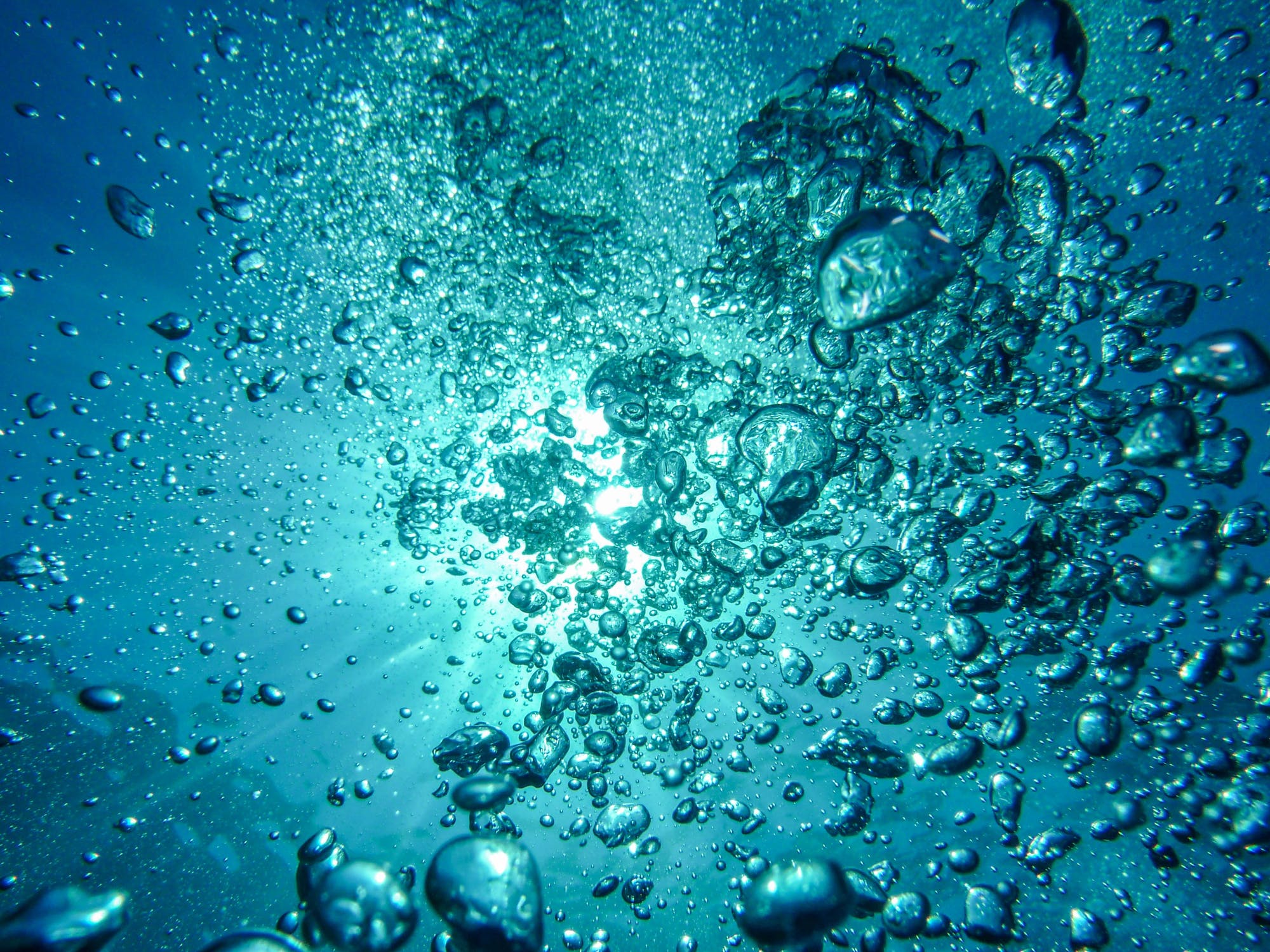
Every water body, whether it’s a dam, river or a lake, will have a unique water chemistry that is influenced by environmental and animal interactions.
pH is the measure/scale of acidity and alkalinity of a liquid and is used as an indicator of common issues and water nutrient imbalances. pH naturally fluctuates but wild fluctuations can have dire consequences.
pH ranges between 1 – 14, with 1 being the most acidic or like hydrochloric acid, 7 being neutral, much like your drinking water and 14 being most alkaline, like drain cleaner! Ideally, your water should be between a pH of 6-8. Outside of these limits = trouble.
What causes a bad pH?
Generally, a waterbody can find a happy medium and maintain a reasonably neutral pH, however, wild imbalances can occur.
Animal waste, including that from fish and ducks, is naturally acidic and when you have too much, it will gradually make your water more acidic which leads to a drop in pH. If the pH drops too much, then you are at risk of killing the aquatic life that live in your waterbody.
Organic waste is also full of nutrients – and aquatic weed, algae and sludge LOVE it! This is because it is full of macro nutrients required for plant growth such as nitrogen and phosphorus. Often, a correlation can be found between stocking fish and issues with aquatic weed, sludge and algae for this reason.
Note: If your waterbody contacts high quantities of certain rocks and similar minerals, then this will increase the alkalinity and pH of the water because these materials are naturally alkaline. On the flip side, at controlled quantities, having these minerals in your water can help to balance out pH.
Sludge isn’t only horrible to look at, step on or smell, it also causes water nutrient issues! Sludge will naturally absorb the vital oxygen that is needed to control pH and as it breaks down, will provide nutrient that will feed your algae and aquatic weed problems!
Algae excrete toxins called microcystin. Not only can this toxin be linked to liver cancer and poisonous to animals and humans, but it can also cause wild pH swings, particularly when an algae bloom occurs. As they grow, algae consume the dissolved CO2 in the water and this correlates with an increase in alkalinity. Keep an eye on that algae, folks and act before it’s too late!
What can I do to fix bad pH?
In most cases, even just the application of aeration and biological treatments will quickly get your water quality within the pH we want to see. These techniques encourage your waterbody to mimic a natural, moving waterway that contains a great balance of nutrients, minerals and probiotics, such as aerobic bacteria that naturally consume sludge and control nutrient levels. This means less nutrients are available to aquatic weed, algae and sludge too. Ensuring there is enough oxygen in the water will prevent the water from becoming anaerobic and help to balance pH, leaving you with healthy water.
